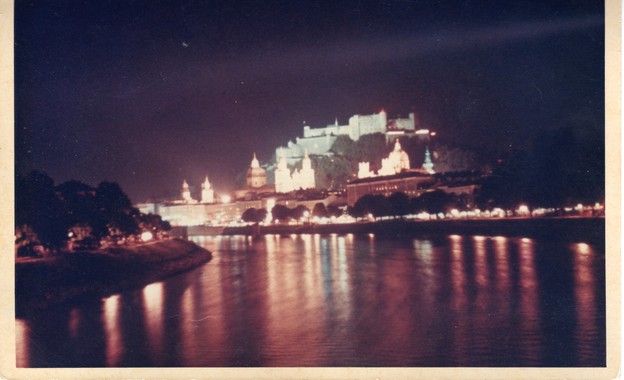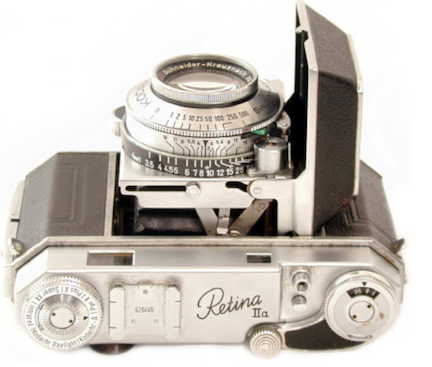|
David Mitchell
Mike,
I drove up to Charleston yesterday for yet another visit to my favorite hangout (the main regional VA Hospital). Comming out I nearly had a heat exhuastion episode in the parking lot (I have a history of that problem). The temp was 106 when I texted a photo of my odometer and temp gauge to my kids. A few minutes later it hit 111 for about one minute. Then I lost my AC for a few minutes - but it came back on.
But at least I can brag that all of this trouble turned out to be for an appointment scheduled for JULY 24th! I was just a smidgen early. (driving dos horas each way!)
Bob,
I was with you al the way through the technical explanation until you mentioned an "autotracer". I take it that allows for the movement of the earth during such space photography - cool tool! Years ago, spending my Junior year summer in Salzburg Austria, we did a bunch of night shooting out in the "Old City". During the "Mozart Festival", many great cathedrals, fountains, statues, and the old hilltop Castle (Schloss Hohenzollern) are all lighted up. We stood and used a tripod and shutter release cord, while guessing at three diffferent exposure times form 5, 10 and 30 seconds - "one one thousand, two one thousand," etc.
I was using my Dad's 1953 Kodak Retina IIa, (made in Germany) - a single lens "ranegfinder" with a Schneidar German lens that popped out on a small bellows that extended about an inch when you opened the lens cover. This shot is typical of what we got. Not the best of focus but all the various times still turned out about the same - pretty decent exposures, every one. We didn't know the existence of an autotracer but then, but we weren't shooting stars either.

Anybody remember these? You used a "hand-held" meter. A great way to learn how a camera operates.
- shutter speed dial on the lens barrel (1 second to one 500th)
- focus ring (black band) and depth-of-field guide on lens barrel
- exposure number (film spools of 24 or 36) on camera top right dial - with film advance lever
- (look close) film speed (ASA then - now ISO) setting - by film type name ! ("plus X" etc.) - on camera top left dial
(remember those old films - all the way up to 200 ASA? And then they brought out 400 ASA - wow! And then I disocvered AGFA german film with it's gorgeous "grainy" resolution. And later I fell in love with Fuji Film when they brought out ASA 1,600 film and I could shoot my daughter's indoor swim meets a John Carroll U. - fast motion and indoor lighting - amazing!

|